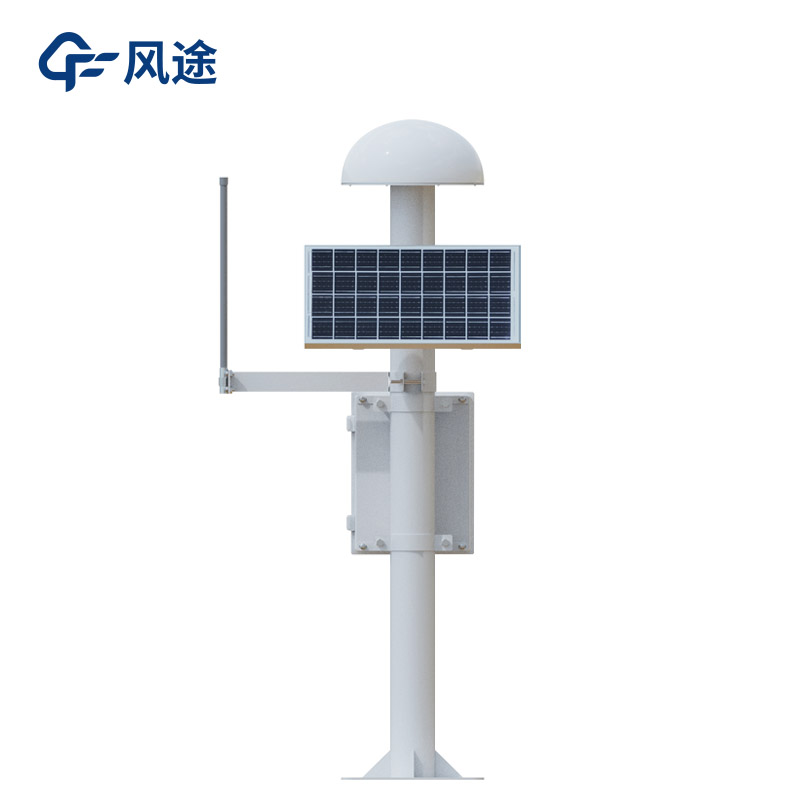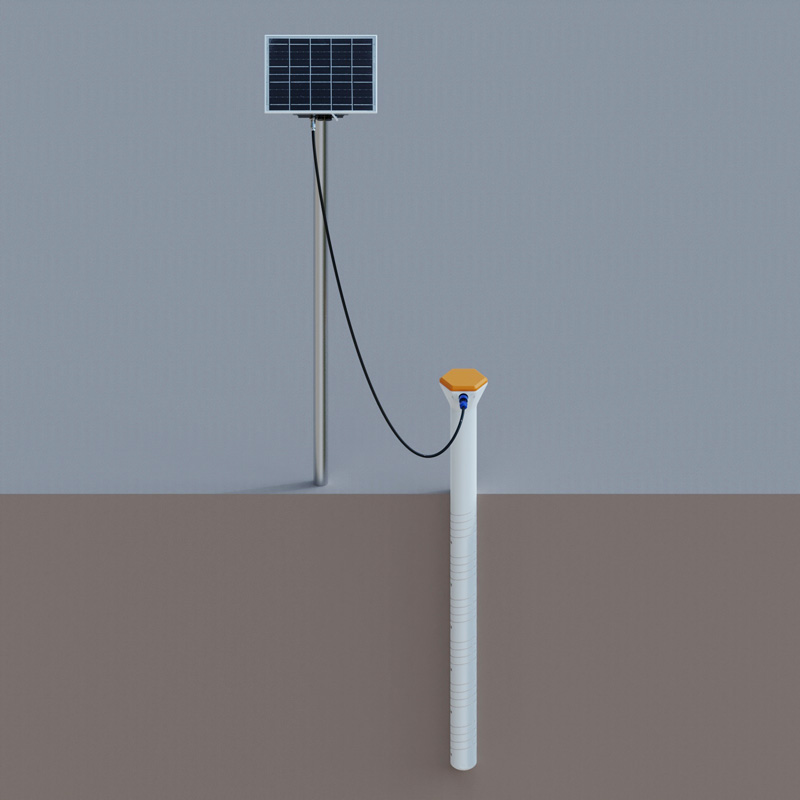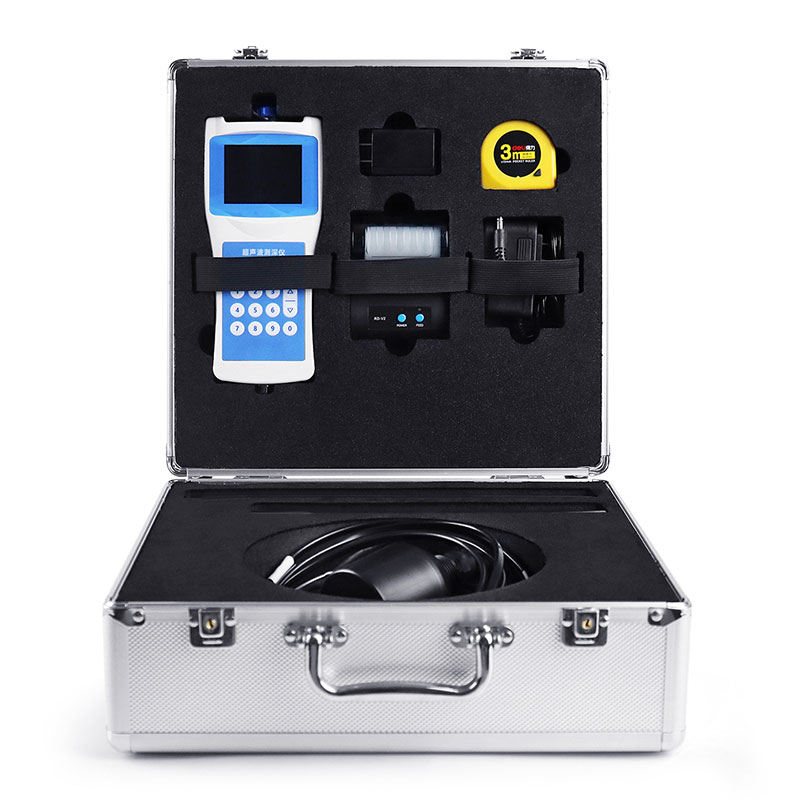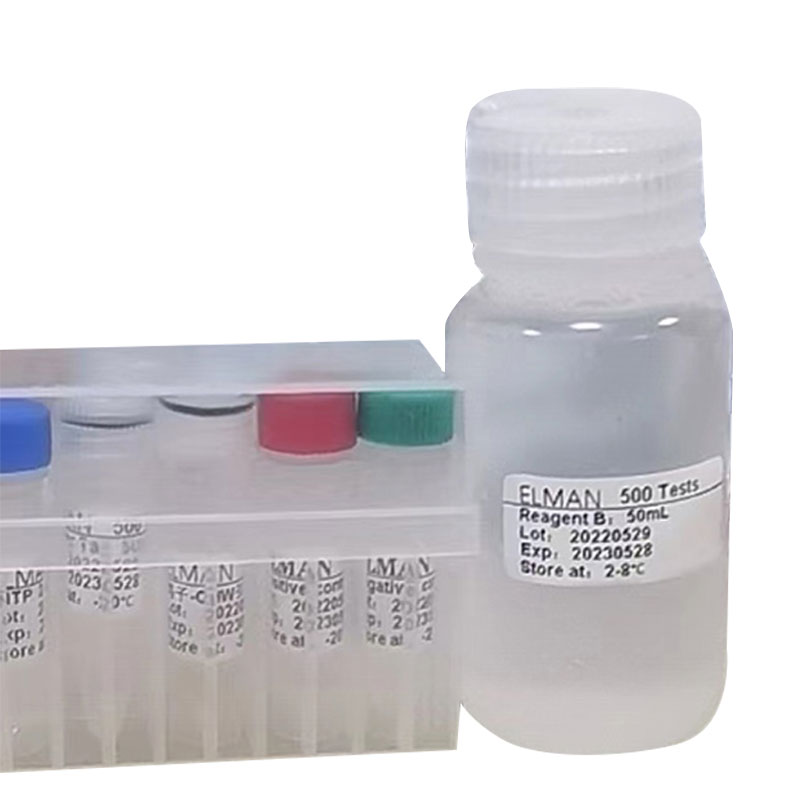Installing GNSS monitoring stations on highway slopes is an important means of modern traffic safety management. The stability of slopes is directly related to traffic safety and the safety of the surrounding environment. However, due to the complex geological conditions, slopes are vulnerable to factors such as rainfall and earthquakes, which may lead to geological disasters such as landslides and collapses. Traditional monitoring methods have limitations and it is difficult for them to comprehensively reflect the overall deformation of slopes.
The GNSS monitoring station achieves millimeter-level high-precision positioning through the Global Navigation Satellite System (such as Beidou, GPS, etc.) and can capture the minute displacement changes of slopes in real time. Operating continuously for 24 hours, it can promptly detect abnormal displacements and issue warnings, thus buying time for emergency response and reducing disaster losses.
The GNSS system is adaptable to complex environments, not restricted by terrain and climate, ensuring continuous and reliable data. Automated monitoring reduces the workload of manual inspections, cutting down costs and risks. It can also be integrated with other monitoring devices to achieve multi-source data fusion, providing a scientific basis for slope treatment.
In a case of a certain highway, the GNSS monitoring station was successfully applied to the slope monitoring under complex geological conditions. It provided real-time deformation data and established an early warning system, safeguarding the safety of highway construction and operation.
In conclusion, installing GNSS monitoring stations on highway slopes is an upgrade of traditional monitoring methods, which improves the level of highway safety management. Through high-precision, all-weather real-time monitoring, it guarantees the stability of slopes, provides support for decision-making by traffic management departments, and protects the lives and property of the public.

This paper addresses:https://fengtusz.com/technical/708.html









